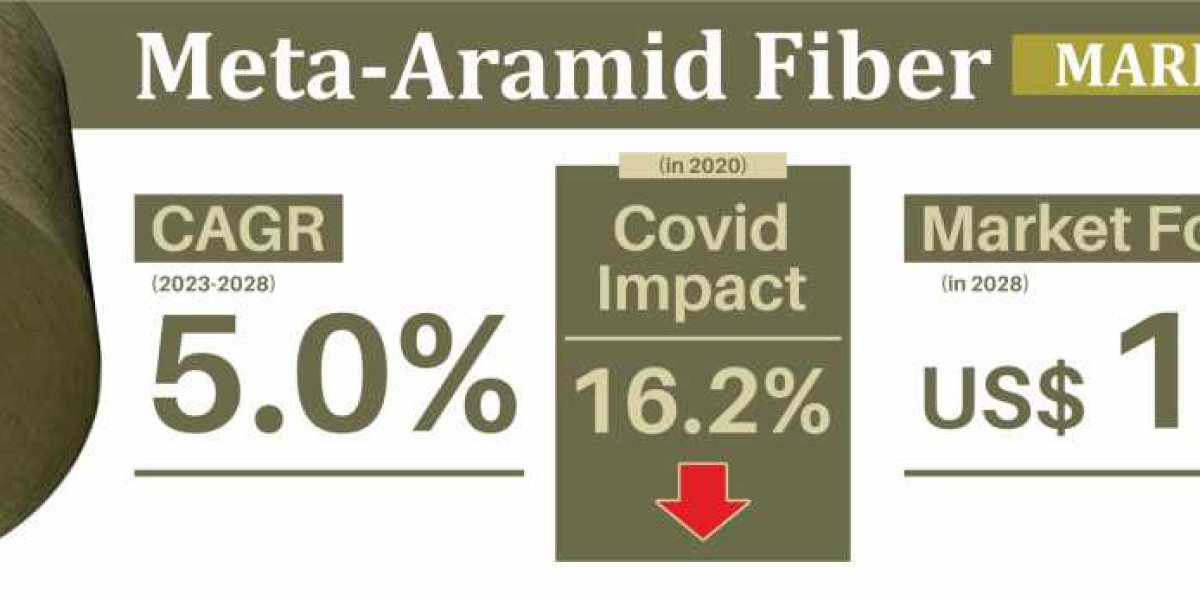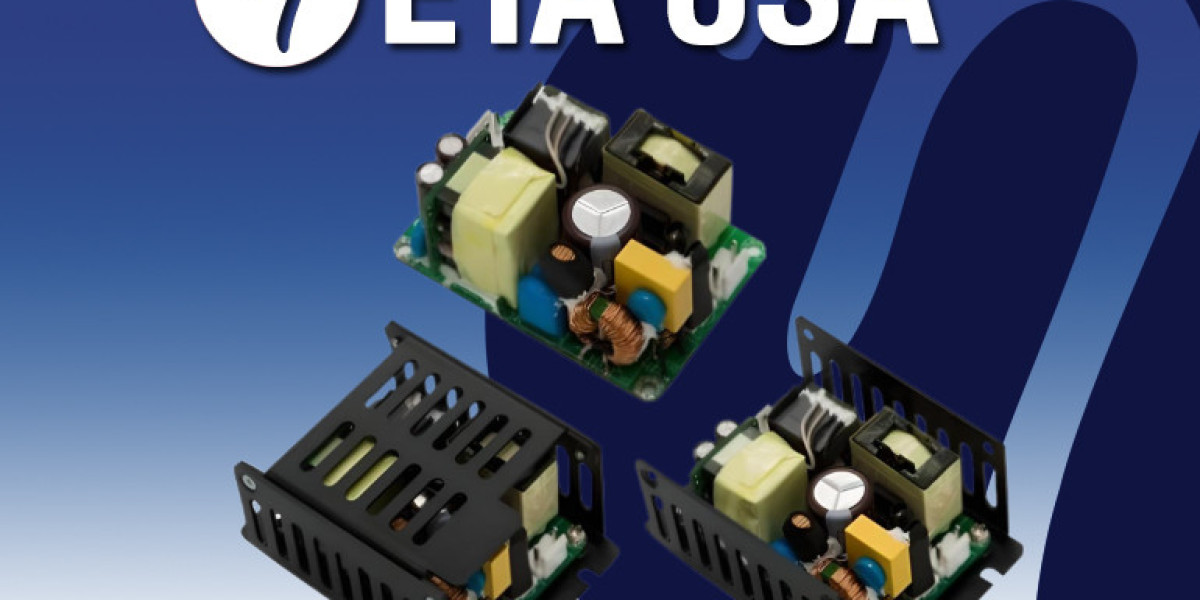Meta-aramid fiber is a synthetic fiber known for its exceptional heat resistance, flame resistance, and thermal stability. These fibers are derived from polymers composed of repeating aromatic units connected by amide (–CONH–) linkages. The term "meta" refers to the specific arrangement of chemical groups along the polymer chain. Meta-aramid fibers are inherently flame resistant, they do not melt or drip when exposed to flames, which makes them suitable for applications where protection against high temperatures or open flames is essential.
Meta-aramid fibers are a preferred choice in industries such as firefighting, military, industrial workwear, and automotive. The automotive industry uses these fibers in applications like heat shields, gaskets, and hoses, due to their ability to withstand high temperatures and resist deterioration.
The unanticipated outburst of COVID-19 caused severe distraught in the market (16.2% decline in 2020) and brought irreparable changes in the fundamentals of the business. However, the industry gradually rebounded in 2021 with the ramp-up in consumer confidence. The meta-aramid fiber market is driven by factors such as the demand for materials to withstand flame resistance and heat resistance, safety regulations, growth in various end-use industries, advancements in protective gear, and ongoing research & development efforts. Overall, the market is likely to grow at a healthy CAGR of 5.0% in the long run to reach US$ 1.6 Billion in 2028.
The meta-aramid fiber market is experiencing significant growth, driven by increasing demand across various industries, particularly in protective clothing, electrical insulation, and filtration applications. Meta-aramid fibers, known for their heat and flame resistance, chemical stability, and lightweight properties, are gaining popularity due to the growing emphasis on safety, durability, and environmental sustainability.
Key Market Drivers
One of the primary drivers of the meta-aramid fiber market is the rising demand for protective clothing in industries such as oil and gas, chemical, and military. These fibers are used in the production of fire-resistant clothing, offering protection to workers exposed to high temperatures and hazardous environments. As industrial safety regulations become stricter, the need for personal protective equipment (PPE) made from meta-aramid fibers is expected to surge.
The automotive industry is another sector contributing to the market's growth. Meta-aramid fibers are used in thermal insulation materials and components like hoses and belts, where heat resistance is crucial. As vehicle designs become more complex and focused on reducing weight and improving fuel efficiency, the use of advanced materials like meta-aramid fibers is on the rise.
Challenges and Opportunities
While the market is poised for growth, high production costs remain a challenge. Manufacturing meta-aramid fibers requires specialized processes, contributing to their relatively high price compared to other synthetic fibers. However, advancements in production technology and increasing economies of scale are expected to bring down costs over time, making these fibers more accessible.
In addition, the growing focus on sustainability and eco-friendly materials presents an opportunity for manufacturers to develop bio-based or recyclable aramid fibers, which could further drive market expansion.
Conclusion
The meta-aramid fiber market is set to grow steadily, supported by the demand for high-performance materials across various industries. As technological advancements continue to improve production efficiency, the market is expected to see broader adoption and expanded applications in the coming years.
To get detailed information about the market dynamics, Register here: https://www.stratviewresearch.com/Request-Sample/1368/meta-aramid-fiber-market.html#form



